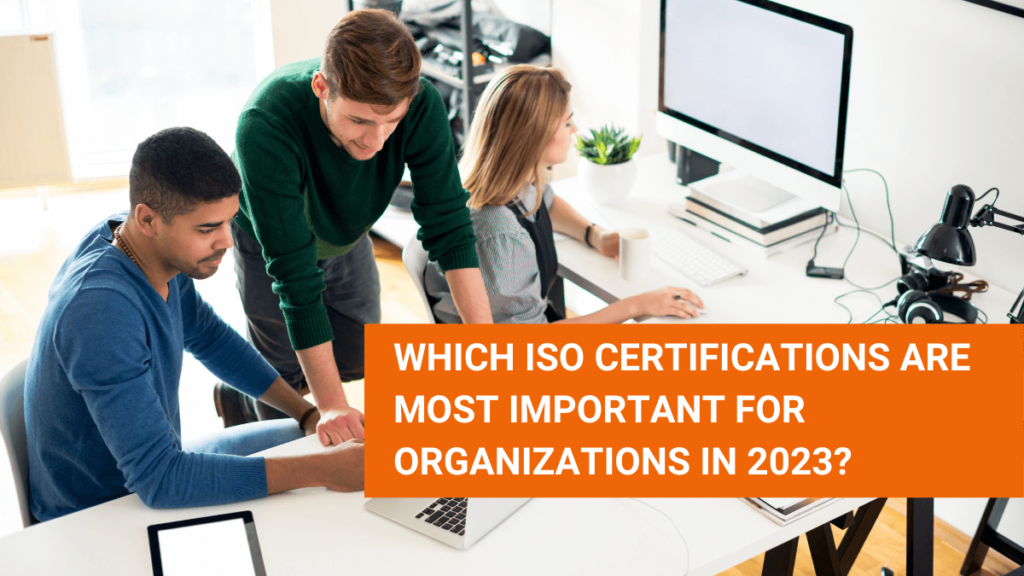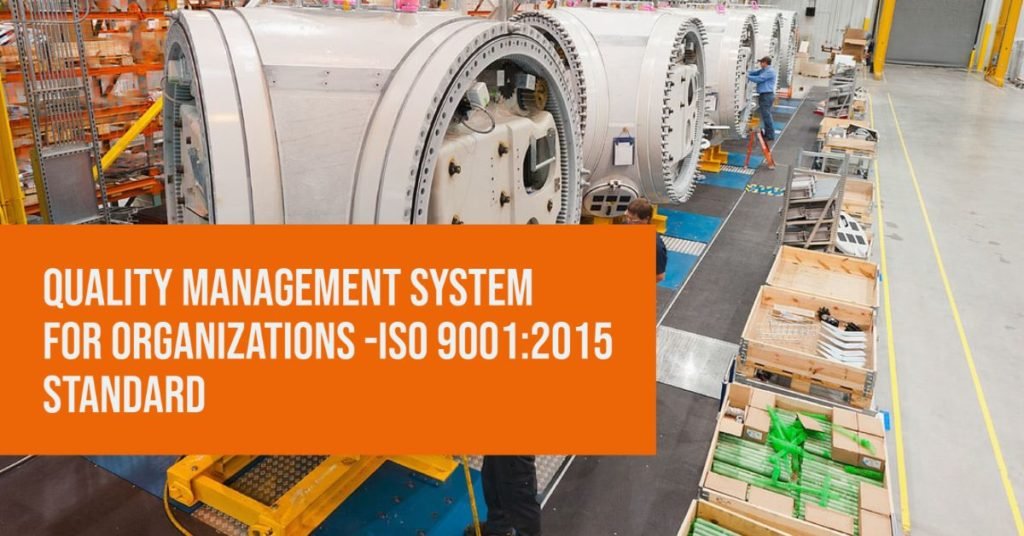What is ISO 9001 certification process?
ISO 9001 is a quality management system certification which applies to all organization irrespective of their nature, size and extent of the organization.
ISO system certification is aimed for a process certification to ensure the quality of the products to meet customer requirements and enhance their satisfaction, and is not a product certification.
A system approach of this framework makes you to deliver a quality product to retain business margins.
Which is the latest version of ISO 9001 standard to implement?
ISO 9001:2015 is the latest version published on 2015, and is the fifth edition of this standard. The previous version ISO 9001:2008 is no more validity after September 2018.
The companies are used earlier version of the standard they have to complete the transition of ISO 9001:2015 and complete the assessment from certification before September 2018, unless the certificate will be invalid.
Whether scope, quality policy and objectives are mandatory for certifications?
Yes, the scope, quality policy and framing quality objectivities are very much mandatory for ISO certification.
How to write a quality policy for an organization and who is responsible?
Is the responsibility of top management shall establish, implement and maintain a quality policy.
The quality policy shows the organization perception towards quality focus.
While defining the quality policy the organization should consider the following:
- Is appropriate to the organization’s internal and external issues, meeting needs of interested parties and supports its strategic decision
- Helps to frame quality objectives
- Organization’s commitment on statutory and regulatory requirements, also
- Commitment on continual improvement of quality management system
Is it mandatory to communicate the quality policy?
Yes, the quality policy should be available and communicated as a documented information. It should be available with all relevant interested parties, as appropriate. It should be communicated, understood and applied within the organization by displaying in boards, Screen saver, internal trainings, Standup meetings, pamphlets etc.
What about Quality objectives and is it applicable to all functions?
The quality objectives must be SMART and applicable to all relevant functions, levels and processes of the organization. The quality objectives are needed for the Quality Management System (QMS) to drive the continual improvement. The latest version of the standard has made some changes to how an organization addresses the quality objectives. A vital tool to measure the process performance of function’s to drive the continual improvement.
How to write Quality objectives against standard requirement?
The quality objectives are to be consistent with the quality policy, the achievement of goals are measurable, considering any applicable requirements of statutory, is relevant to scope of your activities relevant to products and services to enhance the customer satisfaction.
The quality objectives are monitored in a frequent intervals of time, the measurable goals are having time bound limit, communicated to everyone in the organization and update as appropriate with inferences.
The organization shall maintain documented information on their Quality objectives.
What is meant by planning to achieve quality objective?
The new change in the requirements for quality objectives is Clause 6.2.2 planning to achieve quality objectives. If you have been using quality objectives to drive the continual improvement plans, then making plans to achieve quality objectives. Many organizations have had the same quality objectives for many years without achieving their target, and often due to lack of realistic plan.
As per standard requirement, the organization should determine five things to make the plan happen:
- What will be done: A plan is simply step to step guide on how you will achieve the targeted objective.
- For Example: If your quality objective is “on-time delivery from 90% to 95% for a calendar year,” then you will have several actions to plan that need to take place to make this happen. For instance, first you need to investigate opportunities for process time reduction. Second, you will identify tools needed to reduce the time. Third, you should identify new tools and train operators in the new tools, etc.
- What resources will be required: For every plan we have resources to complete like men, machine and materials.
- Who will be responsible: Assign ownership for each of your plans to achieve targets. The assigned owner to use the resource to get the things done in the time needed.
- When will it be completed: Each targeted objective shall have a decent time frame and realistic to meet the goal.
- How the results will be evaluated: This makes the organization to know the standings of the objectives and its successfulness. This can be analyzed by using standard quality tools and evaluated the results during management review.
What are the Risk-based thinking in the new edition of QMS standard?
Risk based thinking is essential to achieve an effective quality management system. The concept of risk-based thinking has been implicit in earlier version of this standard as preventive action to eliminate potential non-conformance to avoid occurrence.
To conform to their requirements of this standard, an organization needs to plan and implement actions to address risk and opportunities. Addressing both risk and opportunities establishes a basis for increasing the effectiveness of the QMS, achieving results and preventing negative effects.
Opportunities can rise as a result of a situation favorable to achieve the intended results. Actions to address opportunities can also include consideration of associated risks. A positive deviation arising from a risk can provide an opportunity, but not all.
How to manage production and service provision using ISO 9001?
The organization needs to determine the production and service provision and all related processes. This clause 8.0 however is not limited to its preparation, design, provision, control, preservation, release, identification and post-delivery activities.
The organization shall implement production and service provision under controlled conditions. The procedure will define the characteristics of the products and services to be produced, activities to be performed and the results to be achieved. It also precisely identifies and connects every process to the respective documented information that is used in production procedure and the control activities.
Identifying proper tools and equipments for the operation of processes are clearly identified in the procedure, and even emphasis on the people to be placed properly. Ensure the competency of the person with respect to qualification, experience and skills for every process or activity, especially on verification and validation activities.
The organizations establish the manner in which it will exercise care with property belonging to customer and external providers. Documented information shall be established to control the activities effectively. Traceable documents for products and services are mandatory to maintain by the organization. The preservation of products and services will have to provide clear instructions on how the products and services are to be kept or stored until from inception and delivered to the client or end user.
The release of products is done by making special arrangements to meet the acceptance criteria and approvals from relevant authority. Documented information must clearly identify the products and services to be released and traceable to the person authorizing the release.
The post-delivery activities determine the extent of the post-delivery services required. As a result, information must be included, but not limited to the following:
- Warranty provision
- Maintenance services
- Statutory and regulatory requirements
- Customer requirements and feedback
- Potential undesired consequences associated with the products and services
- Recycling and final disposal services



